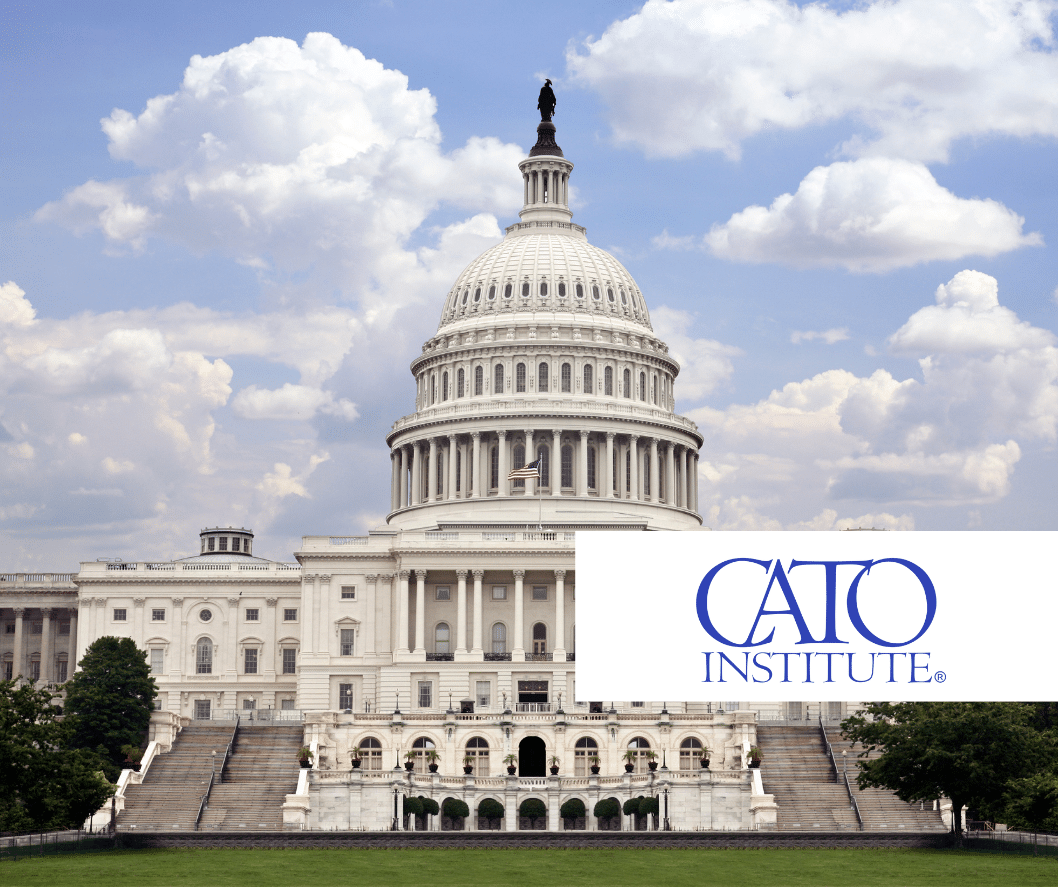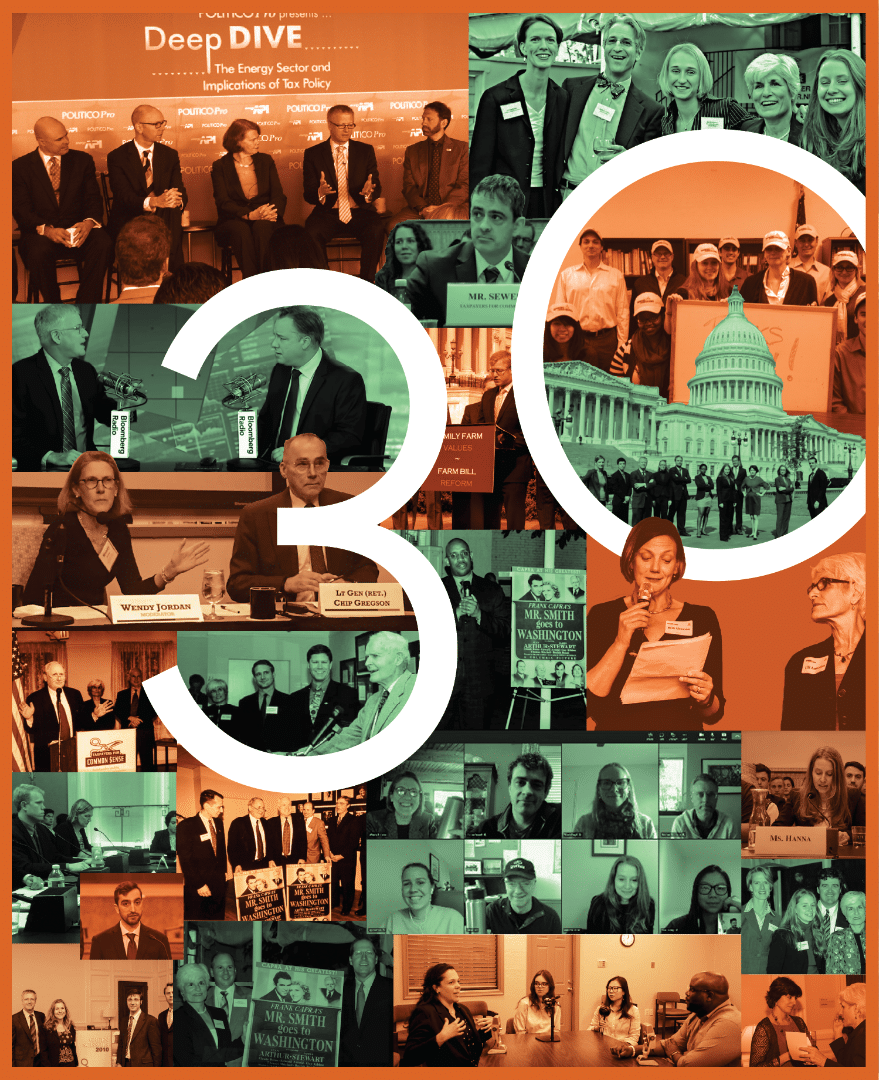On the heels of the House's recent proposal, the Senate Environment and Public Works Committee today released a summary of its own reauthorization proposal. Again we are left lacking legislative text, so the all important details remain a mystery. The Senate proposal seeks to consolidate the number of core functions and reduce the overall number of programs the bill funds, and advocates for performance measures, accelerated project delivery, and a dramatic expansion of the TIFIA program.
Highlights of the Senate summary:
“Moving Ahead for Progress in the 21st Century (MAP-21) will modernize and reform our current transportation system to help create jobs, accelerate economic recovery, and build the foundation for long-term prosperity.”
- Would be a 2-year bill, but no expected funding level is provided
“The goal of the Committee remains attaining the optimum achievable authorization depending on the resources available and in a way that does not increase the deficit and can achieve bipartisan support.”
- Bill would contain no earmarks
-
Contains five core programs (from seven in the current law)
- The National Highway Performance Program (consolidates the Interstate Maintenance program, the National Highway System program, and part of the Highway Bridge Program) — Increased flexibility in their use of funds if they adequately maintain the condition of their Interstate system and bridges.
- The Transportation Mobility Program (consolidates several existing programs to provide funds to States for projects on all Federal-aid highways and all bridges and tunnels)
- National Freight Program (provides formula funds to States for projects to improve the movement of freight on highways, including freight intermodal connectors)
- Congestion Mitigation and Air Quality Improvement Program
- Highway Safety Improvement Program
- The 87 programs that currently exist would be consolidate to less than 30, with flexibility for states to fund certain activities if they see fit
-
America Fast Forward – expands the Transportatoin Infrastructure Financing Innovation Act (TIFIA)
- Increases maximum share of project costs from 33 percent to 49 percent
- Allows TIFIA loans to be used to support a program of projects
- Allows upfront commitments of future TIFIA program dollars through the use of master credit agreements.
- Sets aside $100 million per year for projects in smaller cities and rural areas under lower interest rates.
-
Performance
-
“MAP-21 focuses the highway program on key outcomes, such as reducing fatalities, improving bridges, fixing roads, and reducing congestion, in order to ensure that taxpayers are receiving the most for their money. States will set their own targets for improving safety, road and bridge condition, congestion, and freight movement.”
-
“MAP-21 focuses the highway program on key outcomes, such as reducing fatalities, improving bridges, fixing roads, and reducing congestion, in order to ensure that taxpayers are receiving the most for their money. States will set their own targets for improving safety, road and bridge condition, congestion, and freight movement.”
-
Accelerated Project Delivery
- Expands the use of innovative contracting methods
- Creates dispute resolution procedures
- Allows for early right-of-way acquisitions
- Reduces bureaucratic hurdles for projects with no significant environmental impact
- Encourages early coordination between relevant agencies to avoid delays later in the review process
- Provides incentives for accelerating project delivery decisions within specified deadlines.
-
Planning
- “Performance-based approach to decision making”










